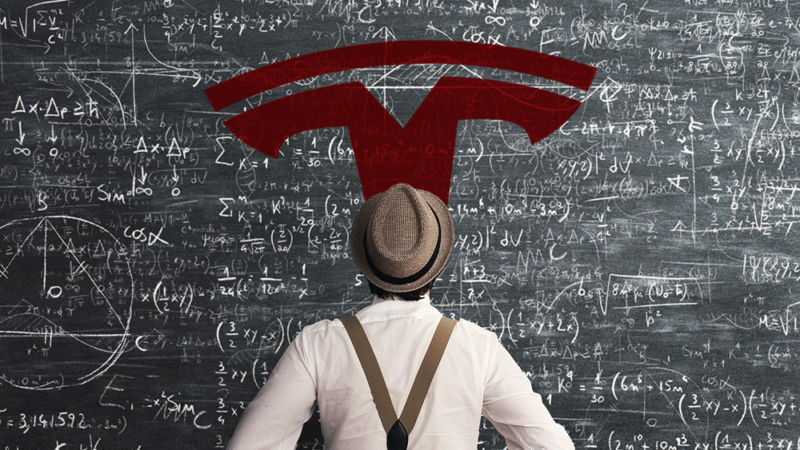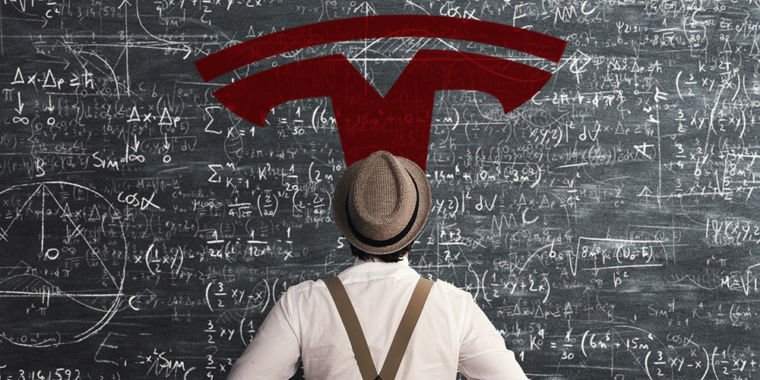
Getty / Aurich
Tesla reported strong sales and revenues for the second quarter of 2023. The automaker built 479,700 electric vehicles during the period, delivering 466,140. Selling those cars brought in $21.3 billion in revenue, a 46 percent increase year over year. But the company’s once-fat margins are shrinking, and Tesla shares have fallen 5 percent in trading this morning.
Tesla’s total Q2 revenues also grew year over year by 47 percent to $24.9 billion. The largest increase was seen in Tesla’s solar panel and battery storage side of the business, which grew 74 percent, year over year, to $1.5 billion. Tesla actually deployed fewer GWh of storage for Q2 versus Q1 2023, although at 3.7 GWh, that’s still a 222 percent increase year over year. The company blamed high interest rates for a year-over-year decline in solar panel installations.
Services and revenues grew by 47 percent, year over year, to $2.2 billion. This budget line includes Tesla’s Supercharger network, and it’s possible that some of the growth here reflects payments from rival automakers like Ford, General Motors, Volvo, Rivian, and Polestar, each of which signed an agreement to adopt Tesla’s charging plug to gain access to the Supercharger network for their own customers.
Selling emissions credits to other automakers is an increasingly small contributor to Tesla’s bottom line. This quarter, regulatory credits accounted for just $282 million, less than half the amount it brought in for Q2 2022 and almost half the amount it generated from credits in Q1 2023.
Tesla’s total GAAP gross margin fell to 18.2 percent compared to 25 percent for the same quarter in 2022. Operating margins also fell, from 14.6 percent in Q2 2022 to 9.6 percent in Q2 2023.
Tesla did increase R&D spending in Q2, from $771 million in Q1 to $943 million in Q2. Much of that increased spending is going toward the automaker’s AI efforts, with a new supercomputer due to come online that Tesla CEO Elon Musk claims will finally allow the company to fulfill his many failed promises about achieving autonomous driving.
Even Musk acknowledges how unreliable his statements have become, telling investors on the call on Wednesday that “I know I’m the boy who cried FSD” before going on to promise a functional system by the end of 2023. Musk has previously said that “Full Self-Driving” is vital to Tesla’s survival and that the company is worthless without it, yet in communications with regulators, Tesla has stated that FSD will never be much more capable than it is now and will always require human supervision.
Perhaps the most surprising—some could say shocking—news to emerge from the earnings call was Musk’s claims that another automaker is in early discussions with Tesla to license the highly controversial FSD system to install in its own vehicles. In February, a frustrated National Highway Traffic Safety Administration forced Tesla to recall its FSD system on almost 363,000 cars due to four principal complaints with its driving behavior and the way the system has been programmed to ignore traffic laws.
Tesla fans or investors looking for news about new additions to Tesla’s aging model lineup were disappointed. The long-delayed Cybertruck is still only just beginning its production journey as Tesla is currently building preproduction prototypes. Musk warned of Tesla’s traditional struggles when it comes to ramping up production of new models—an infrequent experience for an automaker with just four products currently on sale. But Cybertruck deliveries would begin in 2023, he claimed, with deliveries at scale commencing next year.

